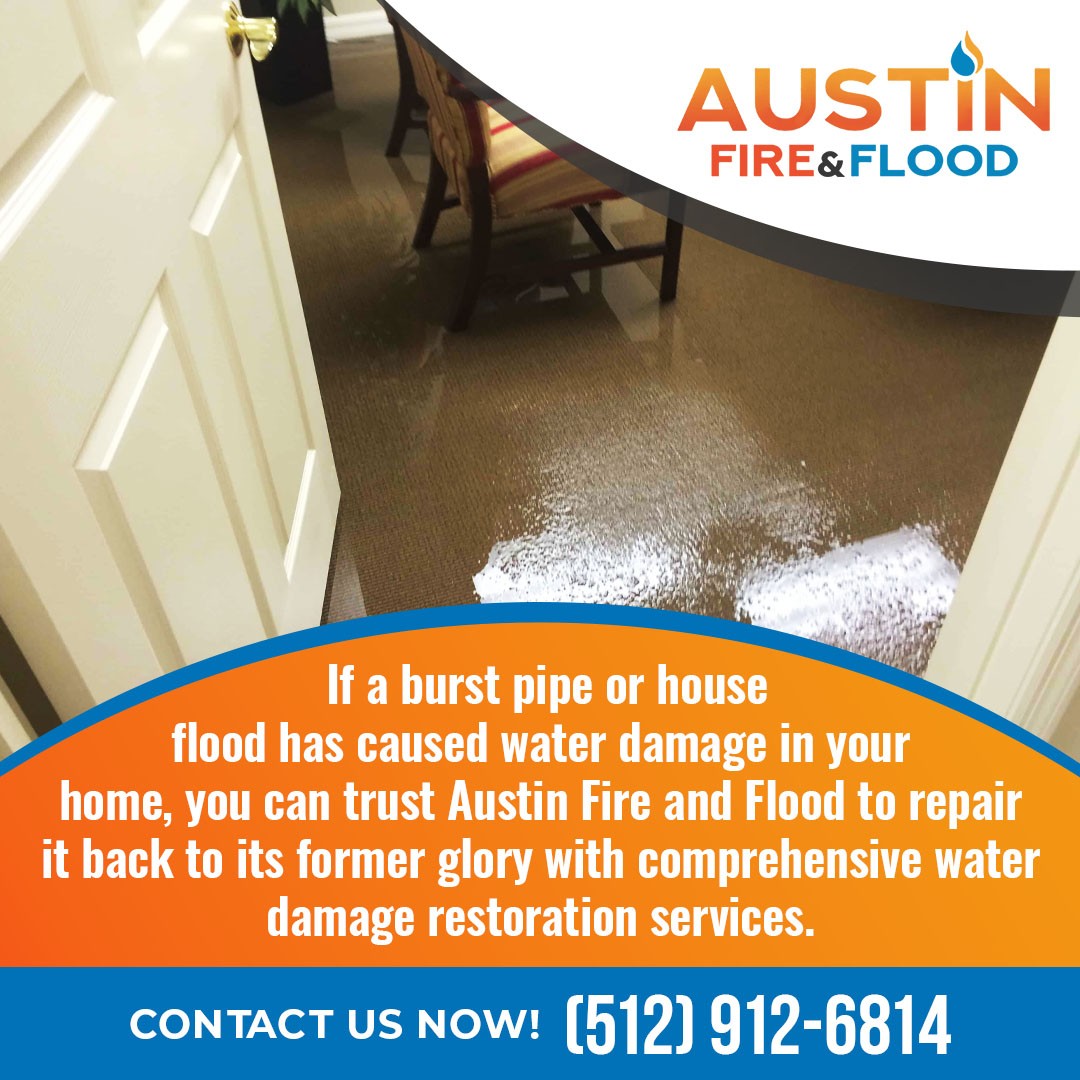Is Electrical Wiring Susceptible to Water Damage?
Most people already know that electricity and water don’t mix, but many are unaware of precisely what that means. Specifically, there is confusion about whether or not standard household wires, such as phone chargers and lamp plugs, are susceptible to water damage and what happens if they get wet.
The question sounds like one that would have a straightforward answer. However, whether or not water poses a threat to electrical wires depends on the type of wire and the extent of the water damage.

Exposed vs. Unexposed Wiring
Most of the wires people are accustomed to using are unexposed, meaning there’s a casing protecting the actual wire. That protective layer is strong enough to keep moisture from interacting with the live wire, minimizing any hazard risks for minor spills. As long as it has time to dry, the wiring likely won’t break or pose a threat.
Exposed wiring is a different story. Any amount of moisture that touches a wire without a protective layer will put homeowners at risk of significant electrical shock and their homes in danger of catching fire. Therefore, people with exposed wires in their homes need to store them in a location with minimal water to ensure their health and safety.
While protected wiring is safer than exposed alternatives, it still poses a threat in the event of house floods or significant spills. Unexposed wires that are plugged in during a flood run the risk of malfunctioning due to water damage and causing electrical shock.
How To Spot Damaged Wires
Identifying any water-damaged wires as soon as they contact moisture is essential since they pose so many health and safety risks. As a general rule, exposed and unexposed wiring entirely submerged in water should be considered faulty and removed by a trained professional. However, spotting damaged wires won’t always be that easy.
There are two other helpful methods for identifying water-damaged wires before they pose a risk. First, listening for any electrical humming around a pool of water following a flood can help homeowners spot wiring affected by water damage. Second, buying a portable appliance tester, which scans electrical equipment to test its functionality, can help identify potentially problematic wiring.
How To Handle Wiring After a Flood
Flood victims who fear their wiring might have become water damaged should contact an electrician immediately and cut off their electrical supply via their home’s fuse box. If the fuse box or electrical panel isn’t accessible without walking through flood water, wait for a professional to shut off the power.
After the electricity is off, it is essential to find a safe location outside the affected area. Getting away from the water is one thing, but since faulty wiring can start housefires, it is crucial to be safe and relocate away from the building until the electrician can inspect it.
Water Damage Restoration from Austin Fire and Flood
If a burst pipe or house flood has caused water damage in your home, you can trust Austin Fire and Flood to repair it back to its former glory with comprehensive water damage restoration services. Their local, highly trained technicians know how to treat extreme floods promptly and professionally and get homeowners back to their everyday lives without fear of hidden property damage.
Call Austin Fire and Flood today at (512) 912-6814 to schedule an appointment for water damage restoration.























